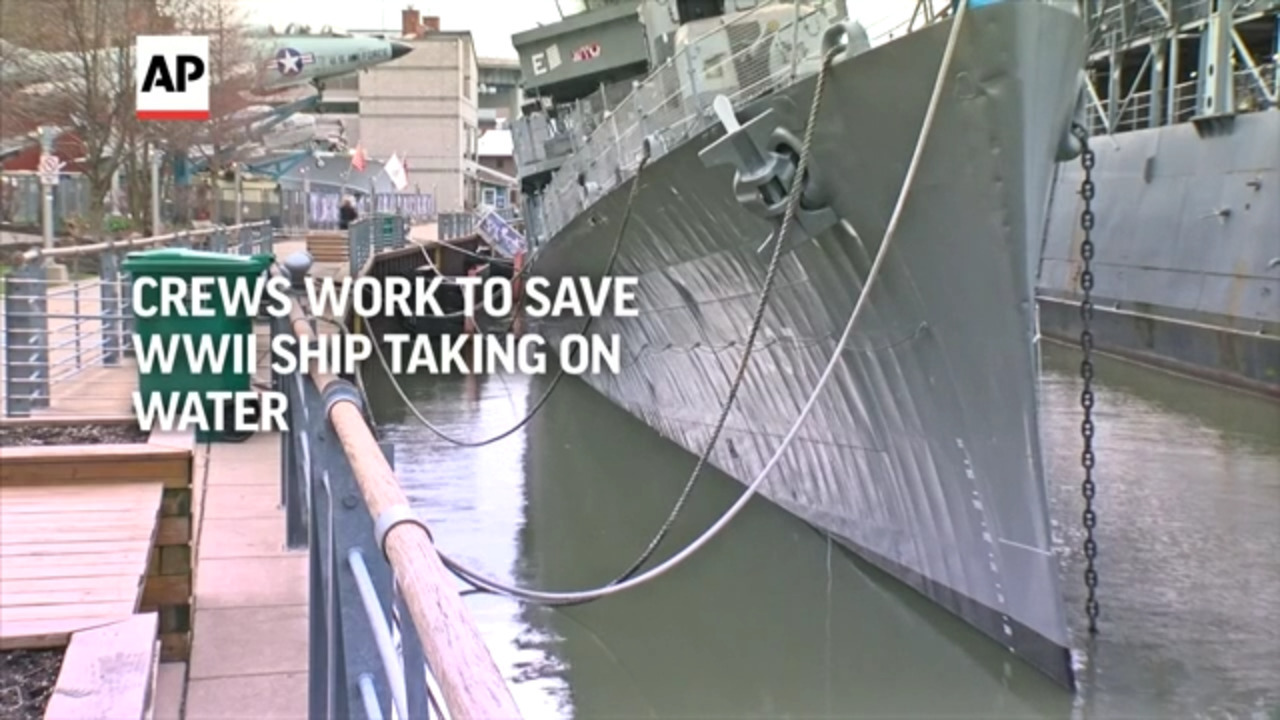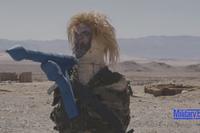Candidate Fitness Assessment B-Ball Throw
Military.com Video Fitness Clinic with Stew Smith - Don't Fail the CFA Basketball Throw - Check this video out along with the program.
Many teens seeking to serve in officer training programs such as the service academies will be required to take and perform well on the Candidate Fitness Assessment. This test has several events and a few are not your typical PT testing events. The CFA consists of the following exercises and maximum standards (According to US Naval Academy CFA Instructions)
- Ball Throw
- Pull-Ups
- Shuttle Run
- Crunches
- Push-Ups
- 1-Mile
The pushups and pullups, you have to keep practicing all the other Yes, the pushups can be affected by previously run exercises, especially two-minute tests and sprints. The pullups however are essentially the first tough exercise of the test. You need to get good at them, but also the following events afterward. Here is a complete breakdown for you with references and links on more information to read on testing event specifics.
Basketball Throw – This is, by far, one of those exercises that many people including myself have asked, “Why?” When I was stationed at the Naval Academy Physical Education Department as an instructor, one of the creators of that test, Coach Ed Peery answered my question. “It measures athletic potential.” Hearing that from a coach who had been at the Naval Academy for nearly 40 years was like hearing Yoda say it and I have questioned it no more. So you need to practice it and build shoulder strength by doing pullups, pushups, dips, overhead presses, lightweight shoulder workouts, and throwing. Those who do best on this test are throwing athletes (quarterbacks, pitchers, water-polo players, etc). So practice a few times every day and work on your technique.
Pullups – Practice More Pullups! But also getting your arms used to pulling your bodyweight. Hanging from the bar, doing negative pullups, jumping pullups, and building your muscle endurance to handle more pulling is the key. See First Pullup Method - Secondary exercises are rowing machines, dumbbell rows, pulldowns, and bicep curls.
Shuttle Run – The 120 ft shuttle run is over just about as quick as it started. The goal here is to run 10 yards (30 ft) four times as quickly as you can. Work on your starts by doing squats and jumps in your workout. And work on your technique of changing direction every 10 yards. Review short shuttle runs and notice how they pivot and get into a 3 point stance every change of direction to enhance their starts every 10 yards. Even though this is only a 7-9 seconds test on average, it has the capability of consuming a lot of energy when done twice.
Crunches – A two-minute test of crunches is challenging and requires some practice if you want to come near the maximum effort. Out of all the events, this is one where a little practice pays huge dividends as you can improve quickly with goal pace practicing.
Push-Ups – Pushups requires practice. Personally, I like to mix pullups, pushups, and crunches into a single workout such as the PT Pyramid, Super Set or Max Rep Set workout options. You can do any or all of them each week, but it is recommended to do these exercises every other day for 3 times a week to see the best results. You cannot do them once a week or less and expect to see your muscle stamina improve.
1-Mile Run – This is considered a sprint – not a jog. To get anywhere near the maximum scores requires you to put out hard and learn the pace. One way to do that is to master a goal pace on ¼ and ½ mile intervals. For instance, if you want to run a 6- minute mile, do 1:30 quarter miles and 3 minute half miles. See more about Training for Timed Runs.
More info can be found at StewSmithFitness.com.



